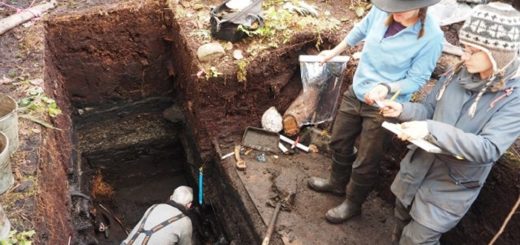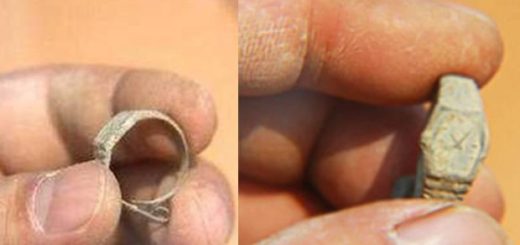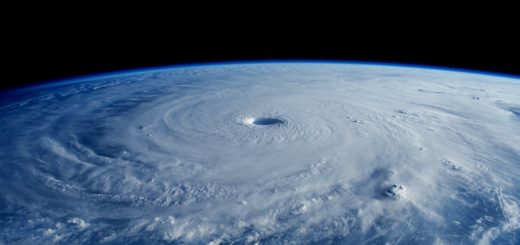‘Mini-Neptunes’ Transformed Into Rocky Planets By Black Hole Blasts
Neptune-like planets located near the center of the Milky Way were transformed into rocky planets by outbursts generated by the nearby supermassive black hole, say astronomers.
The findings combine computer simulations with data from recent exoplanet findings, as well as X-ray and ultraviolet observations of stars and black holes.

“It’s pretty wild to think of black holes shaping the evolutionary destiny of a planet, but that very well may be the case in the center of our galaxy,” said Howard Chen of Northwestern University in Illinois, who led a team of astrophysicists and planetary scientists.
Researchers examined the environment around the closest supermassive black hole to Earth: the 4 million solar mass black hole known as Sagittarius A*.
It is well known that material falling into the black hole in occasional feeding frenzies will generate bright flares of X-ray and ultraviolet radiation. Indeed, X-ray telescopes such as NASA’s Chandra X-ray Observatory and ESA’s XMM-Newton have seen evidence for bright outbursts generated in the past, ranging from about 6 million years to just over a century ago.
“We wondered what these outbursts from Sagittarius A* would do to any planets in its vicinity,” said John Forbes, a co-author from the CfA. “Our work shows the black hole could dramatically change a planet’s life.”
The authors considered the effects of this high-energy radiation on planets within 70 light-years of the black hole that have masses in between Earth and Neptune’s.
They found that the X-ray and ultraviolet radiation would blast away a large amount of the thick gas atmosphere of such planets near the black hole. In some cases this would leave behind a bare, rocky core. Such rocky planets would be heavier than the Earth and are what astronomers call super-Earths.
“These super-Earths are one of the most common types of planet that astronomers have discovered outside our solar system,” said co-author Avi Loeb, also of CfA, “Our work shows that in the right environment they might form in exotic ways.”



 Creators of mankind
Creators of mankind Description of “Tall white aliens”
Description of “Tall white aliens” Where they came from?
Where they came from? About hostile civilizations
About hostile civilizations The war for the Earth
The war for the Earth “Tall white aliens” about eternal life
“Tall white aliens” about eternal life Video: “Nordic aliens”
Video: “Nordic aliens” Aliens
Aliens Alien encounters
Alien encounters The aliens base
The aliens base UFO
UFO Technology UFO
Technology UFO Underground civilization
Underground civilization Ancient alien artifacts
Ancient alien artifacts Military and UFO
Military and UFO Mysteries and hypotheses
Mysteries and hypotheses Scientific facts
Scientific facts


















